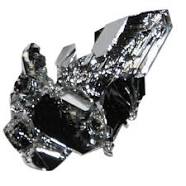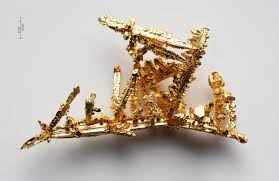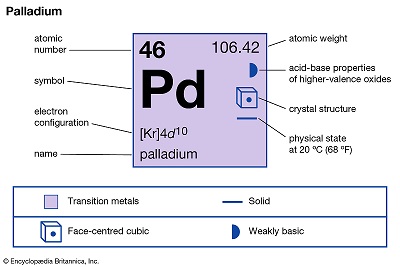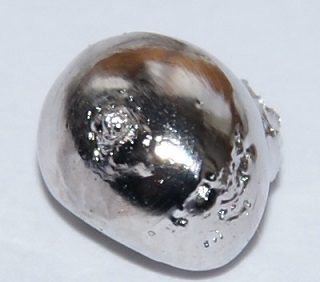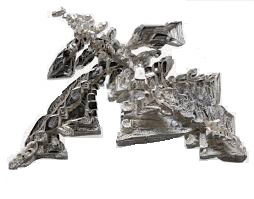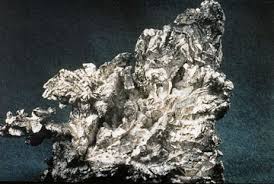Inorganic chemicals is the shortened form of inorganic chemical industry and is an important branch of the chemical industry with natural resources and industrial by-products as raw materials for the production of sulfuric acid, nitric acid, hydrochloric acid, phosphoric acid, soda ash, caustic soda, synthetic ammonia, fertilizer and inorganic salts, etc. This includes sulfuric acid industry, soda industry, the chloro-alkali industry, synthetic ammonia industry, fertilizer industry and mineral industry. Its broad definition also includes the production of inorganic non-metallic materials and fine inorganic product such as ceramics and inorganic pigment. The main raw material of inorganic chemical products are mineral product including sulfur, sodium, phosphorus, potassium and calcium and coal, oil, gas, and air, water and so on. Inorganic chemicals can be traced back to the ancient process of ceramics, alchemy, brewing, dyeing at thousands of years ago. Although with small scale, backward technology and pure manual manipulation, but it is the prototype of inorganic chemicals. For thousands of years, due to the low productivity, it gets slow development. Until the 18th century, it had developed rapidly. In the middle of 18th century, Britain had first applied lead chamber method using saltpeter and sulfur as raw materials to produce sulfuric acid. In 1783, Lu Bulan (France) proposed the soda method using sodium chloride, sulfuric acid, coal as raw materials. In the latter half of the 18th century, the modern chemical industry taking inorganic chemical industry as the main content had began to emerge. In 1841, people began the production of phosphate fertilizer; In 1965 Belgian Solvay realized the industrialization of ammonia soda for production of soda; with the rise of preparing potassium industry in 1870; In 1890, people began to use electrolytic approach for making Cl2 and caustic soda; In 1913, people had achieved the catalytic synthesis
Osmium - The World's Rarest And Densest Metal
It is unlikely that "osmium" is the first thought to enter your head upon waking. And that's a damn good thing because if so, this would not bespeak well of your mental wellbeing.
Oct 9,2019 Inorganic chemistryIndustrial uses of Ruthenium
Ruthenium combines with platinum and palladium as an effective hardener, creating alloys that are extremely wear resistant to abrasion used to make electrical contacts.
Oct 8,2019 Inorganic chemistryIndustrial Applications of Gold
Gold’s chemical and physical properties make it a very versatile element. Its noncorrosivenature provides protection as plating for other metals.
Oct 8,2019 Inorganic chemistryGold extraction
Gold extraction strongly depends on the nature of the ore and type of deposits. There are two main methods of gold recovery: the placer or gravity separation method and the cyaniding process.
Oct 8,2019 Inorganic chemistryPalladium Industrial applications and uses
Palladium (Pd), chemical element, the least dense and lowest-melting of the platinum metals of Groups 8–10 (VIIIb), Periods 5 and 6, of the periodic table, used especially as a catalyst (a substance t
Sep 30,2019 Inorganic chemistryDifference Between Rhodium and Silver
Rhodium is very hard as a metal; hence it is highly durable. It has a high reflectance (the measure of the proportion of light or other radiation striking a surface which is reflected off it). Rhodium
Sep 30,2019 Inorganic chemistryThe Truth About Rhodium Plating
First things first. Let’s clear up what this mysterious rhodium is. Rhodium is a precious metal – like gold, silver, or platinum – only more expensive! In fact, it is the most expensive of all the pre
Sep 30,2019 Inorganic chemistryApplications and Preparation of Silver
Silver is one of the oldest metals, known since ancient times. It is a precious metal worldwide, used in ornaments, coins, and utensils.
Sep 30,2019 Inorganic chemistryGeneral Properties of Silver
From a chemical point of view, silver is stable in pure air and water in comparison with copper, but it readily tarnishes when exposed to ozone, O3, hydrogen sulfide, H2S, or air containing sulfur dio
Sep 30,2019 Inorganic chemistryIndustrial Applications of Rhenium metal
Rhenium metal is used as an additive to tungsten and molybdenum-based alloys to impart useful properties at elevated temperatures. The outstanding properties of rhenium and rhenium alloys suggest thei
Sep 30,2019 Inorganic chemistry




